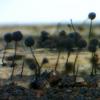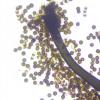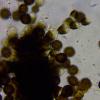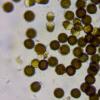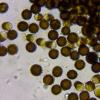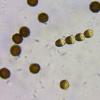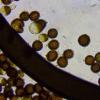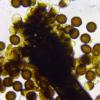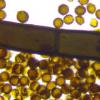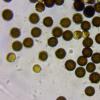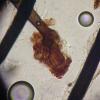
04-11-2025 09:07
Hello.A suspected Hymenoscyphus sprouting on a thi

04-11-2025 12:43
 Edvin Johannesen
Edvin Johannesen
Hi! One more found on old Populus tremula log in O

03-11-2025 21:34
 Edvin Johannesen
Edvin Johannesen
These tiny (0.4-0.5 mm diam.), whitish, short-stip

28-10-2025 15:37
Carl FarmerI'd be grateful for any suggestions for this strik

03-11-2025 16:30
 Hans-Otto Baral
Hans-Otto Baral
Hello I want to ask you if you have found this ye

28-10-2025 19:33
 Nicolas Suberbielle
Nicolas Suberbielle
Bonjour à tous,Je voudrais votre avis sur cette r
Periconia-like anamorph from Portugal
Lothar Krieglsteiner,
01-02-2023 10:30
 ... on old herbaceous stem (likely Tropaeolum majus) near Monchique, 28.1.23. The Spores are about 8-9 µm and prnamented with partly curvrd spines. I do not find a fitting Periconia species - something else? Yours, Lothar
... on old herbaceous stem (likely Tropaeolum majus) near Monchique, 28.1.23. The Spores are about 8-9 µm and prnamented with partly curvrd spines. I do not find a fitting Periconia species - something else? Yours, Lothar
Alan Braddock,
01-02-2023 13:14
Lothar Krieglsteiner,
01-02-2023 23:29

Re : Periconia-like anamorph from Portugal
Hello Alan,
thank you very much!
I had compared both speies but was not lucky with my spore ornament (and measures) and alos not with the strange cells black and white which I think are the conidiogenous ones (?). So - I am still searching for the solution.Yours, Lothar
thank you very much!
I had compared both speies but was not lucky with my spore ornament (and measures) and alos not with the strange cells black and white which I think are the conidiogenous ones (?). So - I am still searching for the solution.Yours, Lothar

